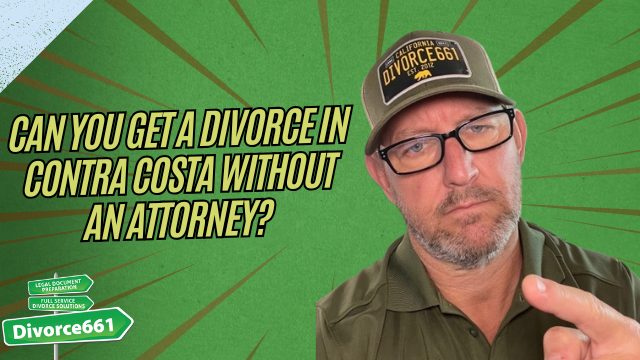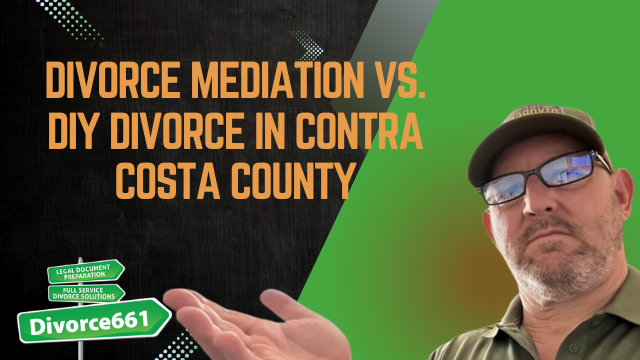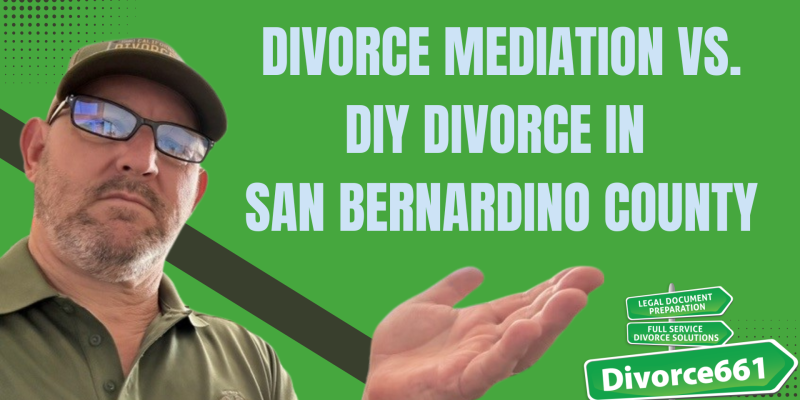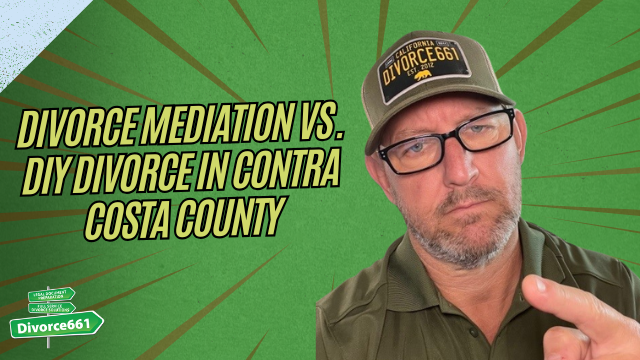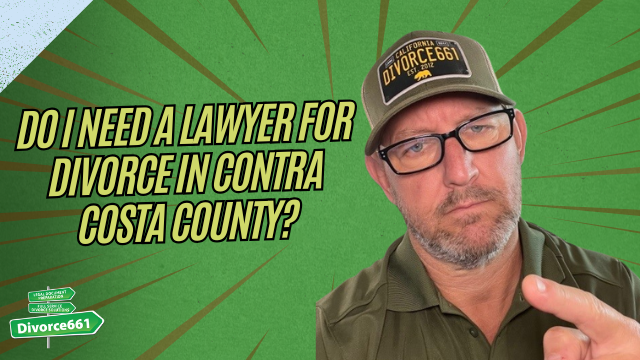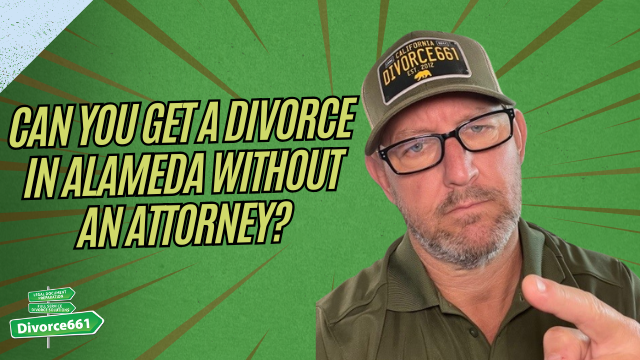Can You Get a Divorce in Contra Costa Without an Attorney? | Contra Costa Divorce #divorce661
I’m Tim Blankenship from Divorce661. If you’re asking whether you can get divorced in Contra Costa County without hiring an attorney, the short answer is: yes — California law allows you to file “in pro per” (representing yourself). But while you can go it alone, the process is more complicated than many people expect. This article walks through the risks of DIY divorce, real-world pitfalls, and how Divorce661 helps couples complete a clean, court-compliant divorce without expensive legal bills.
Why California Allows Self-Representation
California law respects your right to represent yourself in family court. That means anyone can file for divorce without an attorney and manage their own case. For amicable couples with straightforward assets and no complex custody issues, self-representation can be a viable, cost-saving option.
Common Pitfalls of DIY Divorce in Contra Costa
Filing for divorce requires completing many forms correctly and following strict court rules. A single mistake can lead to paperwork rejections and significant delays. Common issues include:
- Incomplete or incorrectly filled forms
- Missing signatures or improper notarization
- Incorrect filing fees or fee waiver documentation
- Improper service of process (not serving the other party correctly)
- Failing to follow local court formatting and filing rules
These problems often translate into hours of extra work, missed deadlines, and the frustration of starting over after a rejection from the clerk’s office.
Real Client Example: When DIY Runs Into Roadblocks
I recently worked with a couple in Contra Costa who attempted to file their own divorce. They ran into repeated rejections from the court because of small but critical errors in their paperwork. The clock kept ticking while they corrected forms, resubmitted documents, and awaited new filing dates.
“It wasn’t until they sought professional help that their divorce process finally moved forward smoothly.”
After we reviewed and corrected the documents, the case proceeded without additional delays — and no attorneys were required. The difference was accuracy and court compliance from the start.
How Divorce661 Helps: Flat-Fee, No-Lawyer Divorce
At Divorce661 we specialize in helping couples complete divorce filings without hiring traditional attorneys. Our goal is to eliminate the guesswork and stress that come with self-filing while keeping costs low. Key features of our service include:
- Flat-fee services — avoid hourly attorney bills
- Document preparation and review to ensure court compliance
- Filing and serving paperwork correctly
- Assistance with finalizing the divorce
- 100% online support for Contra Costa County residents
We handle the paperwork accurately and efficiently so you can avoid the endless cycle of rejections and delays that many DIY filers experience.
When to Consider Professional Help
Going it alone can save money, but consider professional assistance if any of the following apply:
- You have complex assets, debts, or retirement accounts
- There are disputes over property division, alimony, or child custody/support
- You’re unsure about correct service procedures or deadlines
- You want to avoid the risk of rejected filings and avoidable delays
If your case is straightforward but you want peace of mind that everything is done correctly, a flat-fee service that prepares, files, and finalizes the case can be the most cost-effective path.
Simple Checklist for Filing Divorce in Contra Costa
- Confirm jurisdiction and residency requirements for California/Contra Costa County.
- Gather financial documents and information about assets, debts, and children (if any).
- Complete the required court forms accurately and fully.
- File forms with the county clerk and pay filing fees (or submit fee waiver).
- Serve the other party properly and file proof of service.
- Respond to any court notices and comply with local rules and deadlines.
- Finalize the divorce through agreement or the court process.
Conclusion — Take the Hassle Out of Self-Filing
You absolutely can get a divorce in Contra Costa without an attorney, but it helps to have the right support. Avoid the frustration of repeated rejections and unnecessary delays by using services that ensure your paperwork is accurate and court-compliant.
If you want to skip high legal fees yet still get it done right, visit divorce661.com to schedule a free consultation. We’ll review your situation, prepare and file the paperwork, and guide you through the entire process — no attorneys required.
Take the first step toward a smoother, hassle-free divorce today. Visit divorce661.com for your free consultation and personalized plan.

